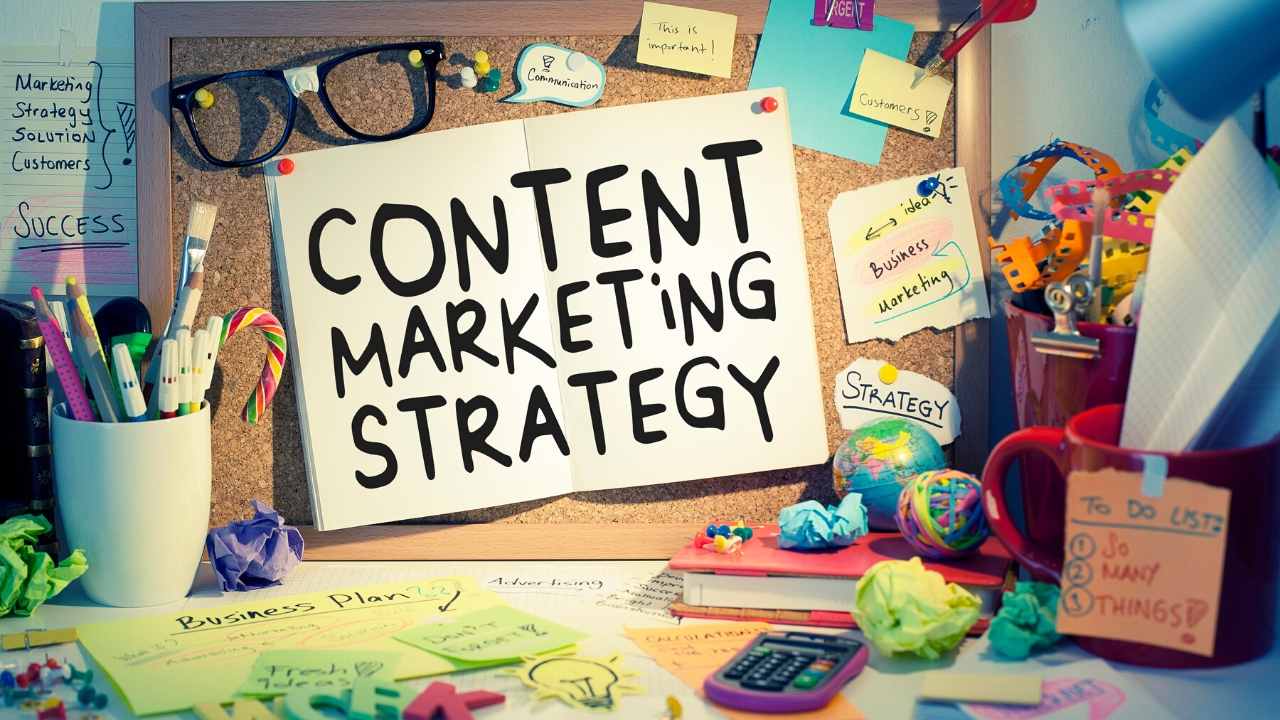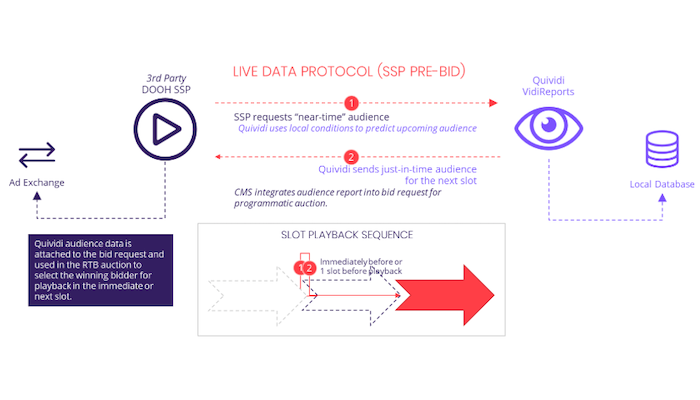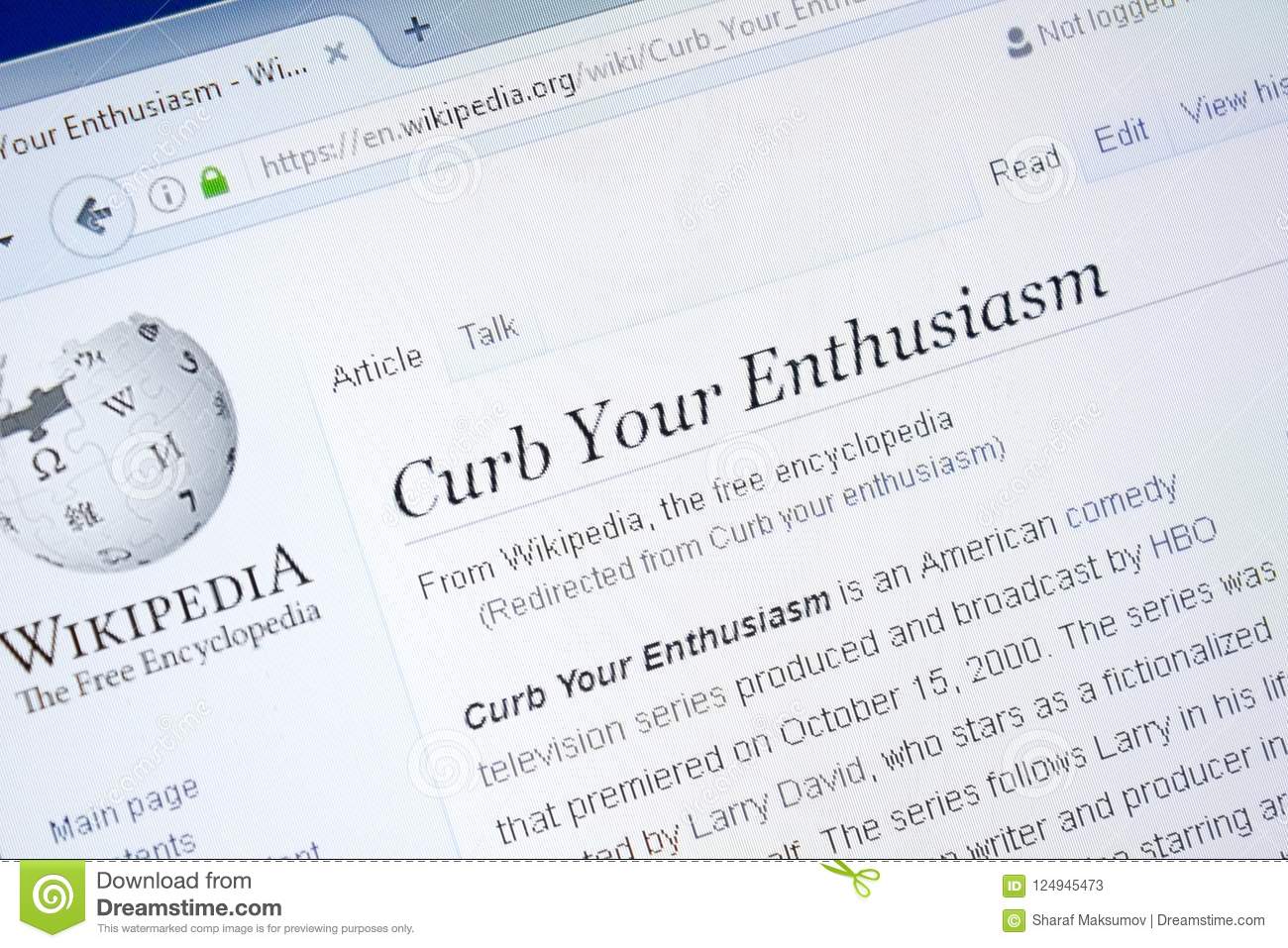
Do you wonder if email marketing works better than social media? In this article, we'll discuss the differences between the two marketing platforms, including the difference between social media and email, the differences between social media and paid content, and why Email is more task-oriented. This article will also discuss the difference between paid and organic content on social media. This article will ultimately help you to decide the best strategy for your marketing campaign.
Email marketing is better than social media marketing
Email wins the race in terms of sales conversions. Although the audience for social media posts is larger, email marketing's targeted audience has a higher likelihood of purchasing your products and services. While social media's wider audience may seem appealing, it is not the best way to maximize your ROI. These are just a few of the reasons that email is better than social media when promoting your business.
Consumers desire closer relationships with companies and brands. People want to establish real relationships with brands. Social media allows followers to scroll through their feeds to find the best content. Email, on the other hand, is delivered directly to the user’s inbox. This means that your content has the same chance to reach a reader than a friend or family member. This means that email is better at converting your subscribers into paying customers.
Email has a bigger user base
Facebook and other social media platforms have huge reach, but also have a very limited audience. Emails reach a greater number of people organically. But, social media algorithms restrict the reach to new email addresses. Thus, email is more popular than social media. So why would you want to use email to promote your business? Let's examine the pros and cons of both.
Social media marketing is popular, but email marketing is the best way to reach multiple leads. Email subscribers are more likely to send marketing emails to their family and friends, which allows you to reach a larger audience than with social media marketing. In fact, a study by Adobe showed that the average millennial uses email for 6.4 hours a day, and nearly four-fifths of them check their inbox before and after work.
Email is more task-oriented

When it comes to email, there are some key differences. One is the fact that people check their e-mail first thing in the morning. They are less likely get distracted by competing messages. People who have been added to a mailing list are more likely take action after receiving an email. It's why it is important to tailor your message for their specific needs. You can choose how you want your message to look and what it contains.
Personalization is another major difference between both types of marketing. Marketing emails can be personalized to include the name and address of the recipient unlike social media. This helps drive higher open rates, click-through rates, and conversions. Personalization in email marketing is easier than on social media. Facebook posts are not often personalized by users. Email can help you reach your target audience and make people feel special.
Paid content vs. organic content vs. social media posts
Paid vs organic versus social media content depends on how you plan to reach your target audience. Organic content is made for your followers and can be shared at no cost. Paid content on the other side costs money, but it has a wider reach than your followers. Consider how much time you have available to both organic and paid content when deciding whether to use them. Both have their advantages and complement each other.

Organic content can be posted for free, but it may not reach your intended audience. Paid content is targeted to your target audience. It is the best option for businesses that want to grow quickly. Each platform offers both paid and organic content. Choose the one that is most effective for your needs, and then decide how to best use them to reach your target audience. A content strategy can help you determine which social media platforms are most effective for your target audience.
FAQ
What is an SEO campaign?
Content is an essential component of any website. If you don't have relevant and useful information on your site, you won't rank high enough for searches.
SEO campaigns optimize your website by obtaining links from other sites back to yours. It also includes social media SEO, which is the use of Twitter, Facebook, LinkedIn and LinkedIn to increase brand awareness and drive traffic.
These will increase traffic to your website, and your SEO rankings. SEO campaigns' main goal is to build quality links back on your site, so that Google can recognize that your website has value.
How often should I update the website?
There are several options to update your site. One way is to use a CMS or Content Management System. You can edit any content on your website without touching any code.
Another way is to use a plugin that automatically updates your website. These plugins can either be purchased from WordPress stores or installed by you.
WPtouch plugins and Yoast plugins are available for free. It's a good idea test out different methods to see which works best.
What is Onpage SEO?
On-page optimization refers to actions taken within your website in order to improve its ranking in search engines. Things such as site architecture, page titles, meta tags, and image alt text are all part of on-page SEO. Off-page is any activity that does not improve your website's rank. These include backlinks, social media shares, press releases, and more.
Do I really need a digital agency?
It's likely too late to attempt to manage everything on your own if you start realizing that your business requires extra help. Small businesses need professional digital marketing services. They will help you promote your business online and keep you up to date with the latest trends.
They can manage your social media accounts and analyze data.
Statistics
- : You might have read about the time that I used The Content Relaunch to boost my organic traffic by 260.7%: (backlinko.com)
- A 62.60% organic traffic boost to that page: (backlinko.com)
- 93%of online experiences today begin on search engines. (marketinginsidergroup.com)
- Sean isn't alone… Blogger James Pearson recently axed hundreds of blog posts from his site… and his organic traffic increased by 30%: (backlinko.com)
- If two people in 10 clicks go to your site as a result, that is a 20% CTR. (semrush.com)
External Links
How To
How can I determine if my SEO is doing well?
There are many indicators that will help you determine if you're doing great in SEO.
-
Your bounce rate should not exceed 30%. Users will leave your website without clicking on any other links. High bounce rates indicate that your audience isn’t confident in your brand or doesn’t care about what you sell.
-
Multiple pages are visited by visitors to your website. This indicates that people are actively engaging with your site, and finding useful information.
-
Your conversion rate is increasing - your target audience is more aware of your product/service and wants to purchase it.
-
Your average time on site has been increasing. Users spend more time browsing your content.
-
Increased traffic from search engines is a sure sign you're doing excellent SEO.
-
You get more shares on Social Media - this indicates that your content has been shared by others and reaching audiences beyond your following.
-
Forums are receiving more comments - this is a sign that people respond positively and favorably to your work.
-
Increased engagement means more likes and tweets around your site, as well as shares, shares, likes and likes on posts.
-
Your rank in SERPs has been increasing, which is a sign of your hard work paying off.
-
You're receiving more leads from your website - this shows that people have found your website organically and are now contacting you.
-
Your sales are increasing - this indicates that people who visit your website looking for your products are actually buying them.
-
You get more views and comments on your blog posts, which means that people find your content useful and interesting.
-
You get more subscribers to your email list - this shows that people trust you enough to subscribe to receive updates about your business.
-
Sales are rising, which means that people love you and your products to the point that they will pay for them.
-
You've got more followers on social networks, showing that your fans share your content and engage with your brand.
-
You are receiving more PR mentions, which means journalists are talking about you online. This helps spread awareness about your company and boosts your reputation.
-
This indicates that other companies have also recommended your brand.
-
You will see people returning to your website over and over again. This shows that your customers are happy with the work you do, and they will return for more.
-
Your competitors are losing market share - this means they didn’t invest as much in their SEO campaigns.
-
Your brand's image is changing - this shows that your brand is becoming popular among a new group of customers.